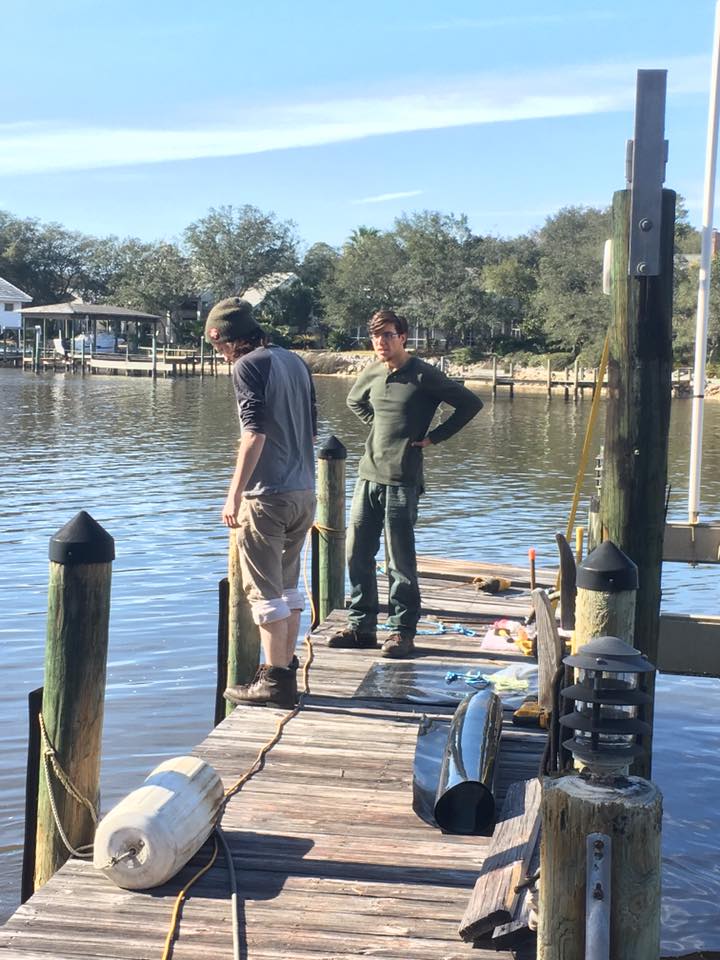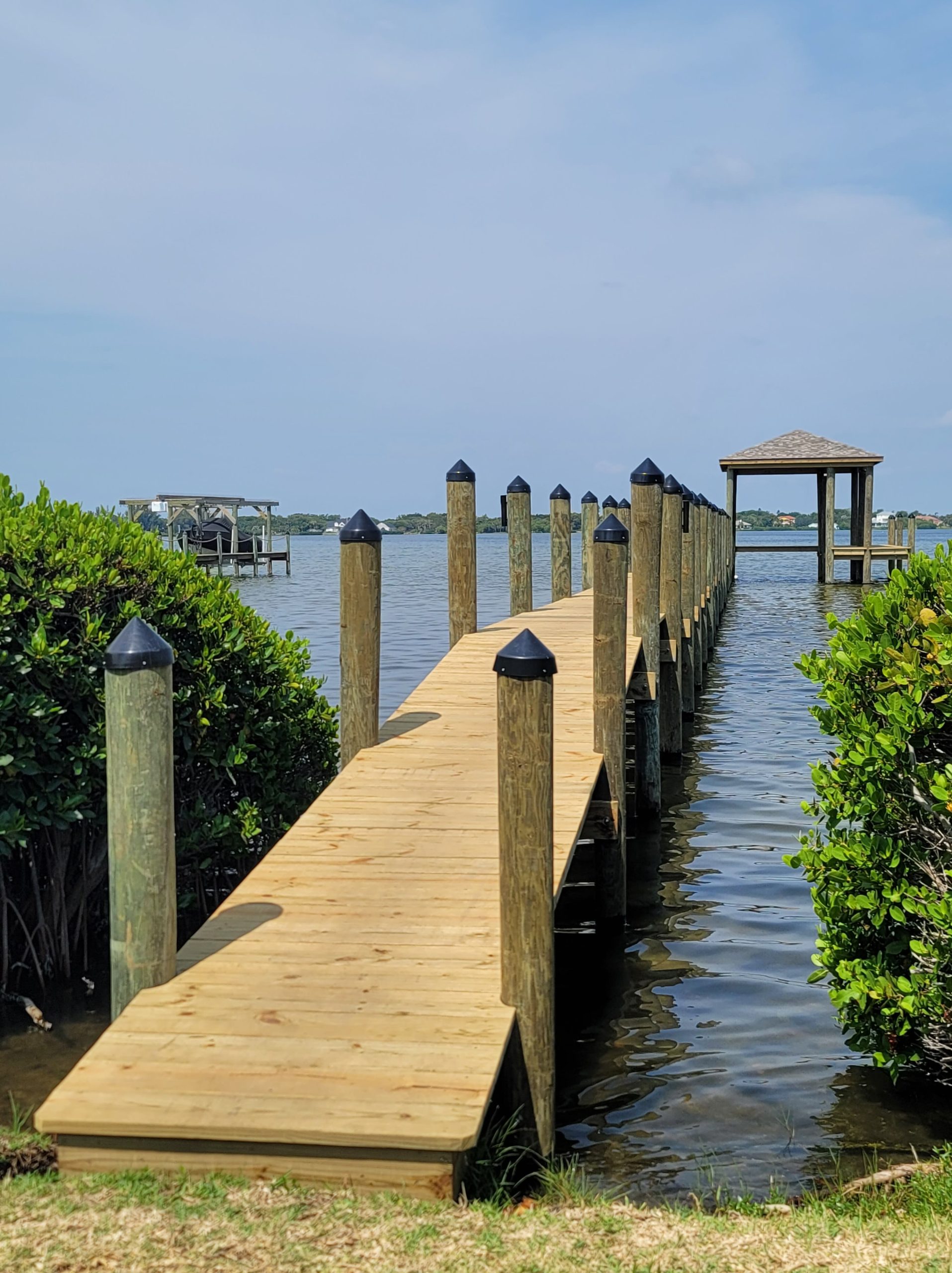Professional Insights on Lasting Dock Repairs Solutions
Reliable Dock Repair Techniques: Making Certain Structural Stability
Guaranteeing the architectural integrity of docks via effective repair work techniques is vital for the longevity and safety and security of marine facilities. This includes a multi-faceted method beginning with thorough examinations using innovative technologies like sonar devices and remotely operated vehicles (ROVs) to identify both noticeable and hid problems. Consequently, picking the best repair work products, such as composite products and corrosion-resistant alloys, is essential for longevity. Structural support techniques, including the implementation of cross-bracing systems and load-distribution plates, play a crucial duty in mitigating stress factors. However, the value of these strategies ends up being apparent when discovering advanced repair techniques and preventative upkeep approaches.
Analyzing Dock Damages
Examining dock damages is an important primary step in making sure the architectural honesty and safety of any type of docking facility. This preliminary analysis includes a detailed examination to identify both noticeable and concealed problems. Trick elements to check out consist of the dock's foundation, pilings, outdoor decking, and equipment. Each component needs to be looked at for signs of wear, rot, deterioration, or various other forms of degradation that might jeopardize the architectural stability.
Structural designers or certified assessors commonly perform these analyses utilizing specialized strategies and tools. Underwater inspections could utilize sonar equipment or from another location operated cars (ROVs) to find immersed damage. Over water, visual evaluations are matched by utilizing moisture meters and other diagnostic tools to uncover underlying concerns not immediately noticeable to the nude eye.

Deciding On Repair Service Products
Selecting the appropriate fixing materials is a crucial action in the dock restoration procedure, one that directly affects the durability and efficiency of the fixed structure. Product selection have to be driven by elements such as environmental problems, load-bearing requirements, and compatibility with existing dock elements. Wood is a typical option for anchors due to its natural resilience and aesthetic allure. Nevertheless, picking the ideal kind of wood, such as pressure-treated lumber or normally rot-resistant varieties like cedar or teak wood, is vital to hold up against marine environments.
In enhancement to timber, composite products are increasingly popular because of their toughness and reduced maintenance requirements. Compounds, commonly made from a mix of plastic and timber fibers, offer excellent resistance to rot, pests, and UV damages. For steel docks, selecting corrosion-resistant alloys such as galvanized steel or marine-grade light weight aluminum is crucial to avoid rust and ensure architectural integrity in saline water conditions.
Epoxy materials and marine-grade sealers are vital for fixing cracks and sealing joints, offering a water resistant obstacle and improving the dock's general toughness. By diligently choosing top quality products, dock repair work can accomplish durable outcomes, thereby safeguarding against future deterioration and guaranteeing safe, reputable usage.
Architectural Reinforcement Methods
Reliable structural reinforcement methods are vital in ensuring the security and durability of dock repairs. This approach is particularly effective for anchors exposed to heavy loads or rough environmental conditions.
Another important technique is the application of fiber-reinforced polymers his comment is here (FRP) These materials provide high strength-to-weight proportions and excellent resistance to rust, making them suitable for reinforcing concrete or wooden docks. FRP can be used in sheets or strips and bonded with epoxy resins to enhance structural integrity.
Supporting and anchoring systems also play an essential function in structural reinforcement. Cross-bracing, using metal or wooden light beams, can neutralize side forces, lowering persuading and movement. Securing systems, such as helical piers or driven piles, supply a steady structure by moving loads to deeper, more steady soil layers.
Finally, the integration of load-distribution plates can help disperse weight much more uniformly throughout the dock's surface, alleviating localized anxiety points. These methods jointly ensure that docks stay durable and safe, efficient in holding up against the rigors of their operational setting.
Advanced Repair Techniques

One more sophisticated method involves underwater welding, which allows for repairs to be conducted without the need to dewater the location. This approach is specifically helpful for attending to structural issues in submerged dock parts, making certain marginal interruption to procedures. Improved welding strategies, paired with robotic systems, provide accuracy and reliability, thereby prolonging the life expectancy of the dock.
Furthermore, cathodic protection systems are executed to stop rust in metal dock frameworks. By utilizing sacrificial anodes or amazed existing systems, these techniques properly reduce the electrochemical processes that result in material deterioration.
Finally, progressed surveillance modern technologies, such as structural health and wellness tracking (SHM) systems, provide real-time information on the condition of dock frameworks. These systems make it possible for aggressive upkeep and prompt interventions, ultimately ensuring the long-term Click This Link structural honesty of the dock.
Maintenance and Avoidance
Maintenance and prevention are essential ideas that underpin the long life and security of dock structures. Normal evaluations are vital, permitting early detection of damage, potential weak points, and ecological impacts. A positive strategy, entailing regular checks for corrosion, rot, and architectural changes, reduces pricey repairs and lengthens the dock's functional life.
Preventive steps need to include using safety finishes to metal components to defend against rust and making use of cured wood to resist decay. Additionally, making certain proper drainage and air flow can protect against water accumulation, which is a common cause of architectural deterioration. Integrating quality products and sticking to producer guidelines during building and fixing stages also play crucial functions in enhancing resilience.

Training workers in dock maintenance finest practices makes sure constant application of preventative steps. Leveraging technological advances, such as drones for examinations and sensing units for real-time tracking, can additionally boost upkeep initiatives. By prioritizing upkeep and prevention, dock owners can ensure structural integrity, operational security, and cost-efficient management over the dock's life expectancy.
Final Thought
In verdict, maintaining the structural honesty of aquatic centers demands comprehensive dock repair work strategies. Advanced repair techniques, coupled with routine upkeep techniques, make certain the dock remains operational and risk-free under varied environmental problems.
Guaranteeing the structural stability of anchors through effective company website repair service methods is extremely important for the long life and safety and security of marine centers.Selecting the suitable repair service materials is a crucial action in the dock repair process, one that straight influences the longevity and efficiency of the fixed framework.Efficient structural reinforcement methods are vital in ensuring the security and long life of dock fixings. By prioritizing maintenance and avoidance, dock owners can ensure architectural honesty, functional safety and security, and affordable monitoring over the dock's lifespan.
In conclusion, preserving the architectural integrity of marine centers demands thorough dock repair work methods.